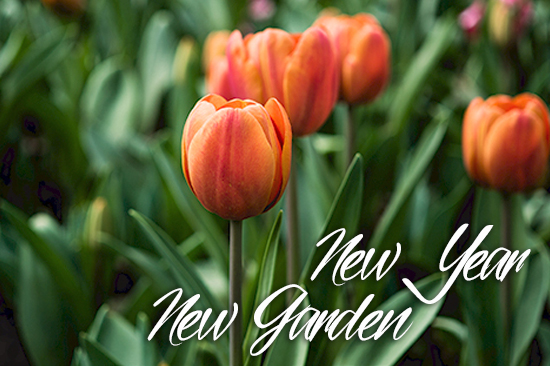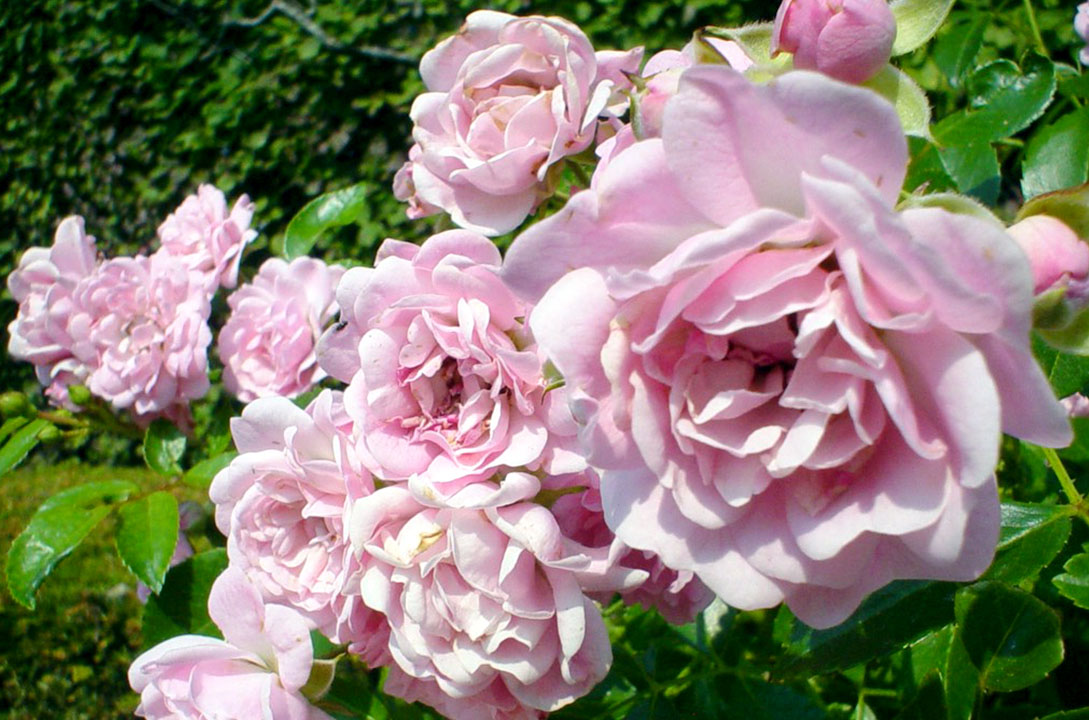Harvest
Do you have a fall crop? Protect your plants by using a greenhouse, cold frame, or cover throughout the winter. Harvest any matured crops throughout the winter such as Brussels Sprouts, Lettuce, Collards, Radish, Kale, Turnips, Carrots, Spinach, Leeks, and Swiss Chard. Add an extra layer of mulch to root crops for an extra layer of protection in freezing temperatures.




